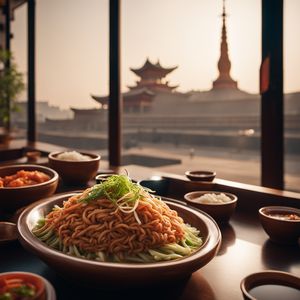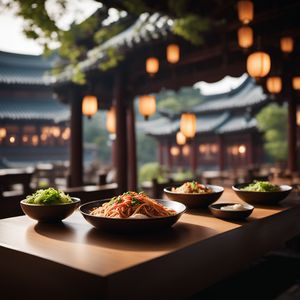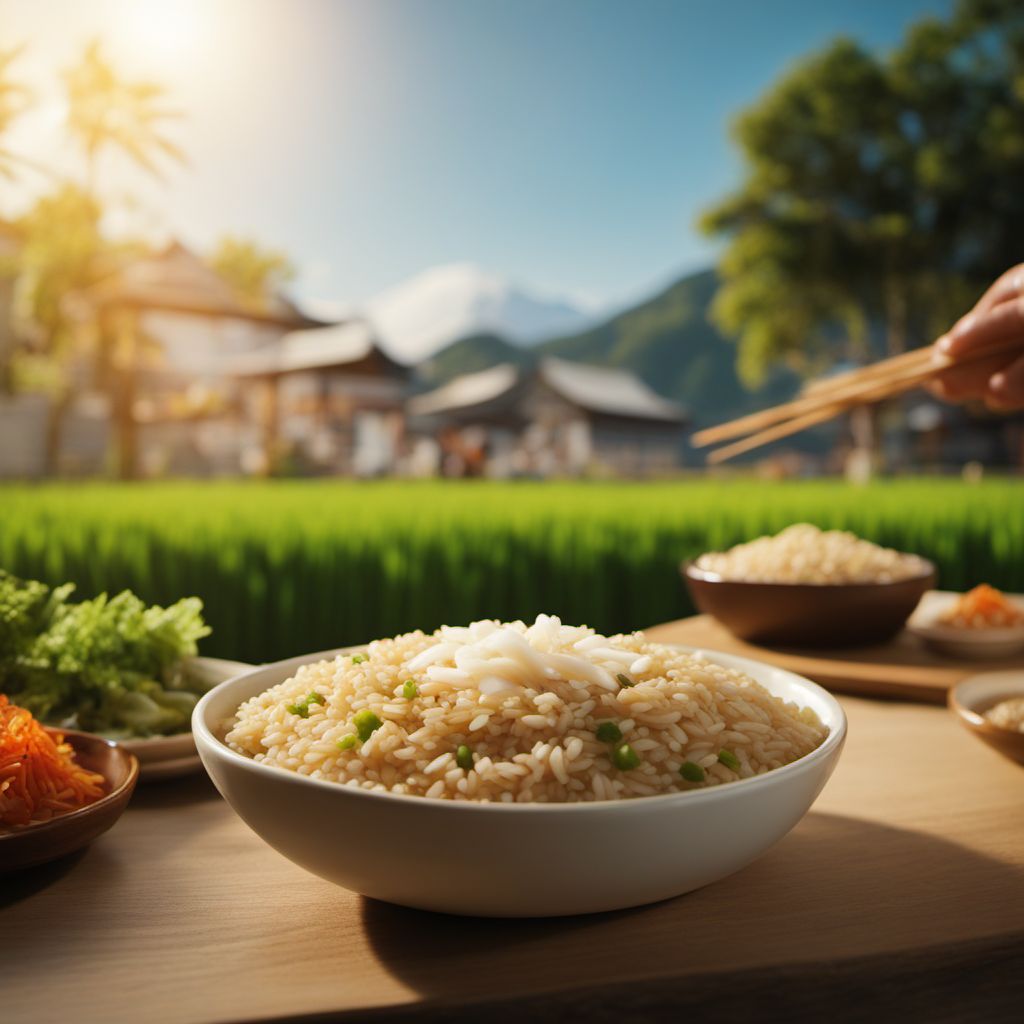
Dish
Boribap
Barley rice
Boribap is made by first cooking rice and then mixing it with various vegetables and meat, such as carrots, mushrooms, and beef. The mixture is then placed in a hot stone bowl and topped with a fried egg. The dish is then served with a side of gochujang (spicy red pepper paste) and soy sauce. Boribap has a unique texture and flavor, with the hot stone bowl adding a slightly crispy texture to the rice.
Origins and history
Boribap has been around since the Joseon Dynasty (1392-1910) and was originally made as a way to use up leftover rice and vegetables. It was a popular food among the working class and was often eaten as a quick and easy meal. Today, it is still popular in Korea and is also available in Korean restaurants throughout the world.
Dietary considerations
Boribap is not suitable for those with a gluten intolerance or allergy, as it contains soy sauce. It is also high in sodium due to the soy sauce and gochujang.
Variations
There are many variations of boribap, depending on the type of vegetables and meat used. Some versions are more spicy than others, and some are more savory. Some restaurants also serve boribap with a variety of toppings, such as kimchi or pickled vegetables.
Presentation and garnishing
Boribap is typically served in a hot stone bowl, which keeps the dish warm throughout the meal. It is often garnished with a small amount of sesame seeds or chopped green onions.
Tips & Tricks
When eating boribap, it is important to mix the ingredients together before eating to ensure that the flavors are evenly distributed. It is also important to use a small amount of gochujang and soy sauce, as the dish has a strong flavor on its own.
Side-dishes
Boribap is often served with a side of kimchi or pickled vegetables. It can also be served with a bowl of soup or a small salad.
Drink pairings
Boribap pairs well with Korean rice wine or green tea. The savory flavor of the dish complements the subtle flavors of these drinks.
Delicious Boribap recipes
More dishes from this category... Browse all »

Aji nigiri sushi
Japanese cuisine

Akami nigiri sushi
Japanese cuisine

Anago nigiri sushi
Japanese cuisine
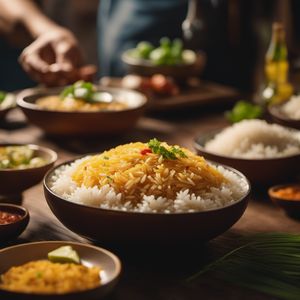
Arroz a la plancha
Spanish cuisine
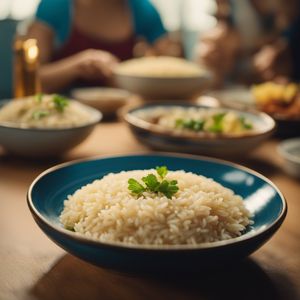
Arroz a la tumbada
Mexican cuisine

Arroz al forn
Spanish cuisine

Arroz al jerez
Spanish cuisine

Arroz al olivar
Spanish cuisine


